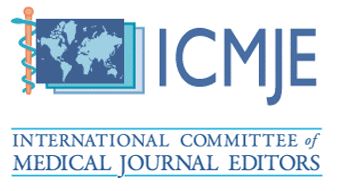Orthotic Intervention for Ageing Individuals with Spinal Cord Injury: A Brief Review
DOI:
https://doi.org/10.51200/bjms.vi1.3745Keywords:
orthosis, spinal cord injury rehabilitation, elderlyAbstract
Background and aim: The lifespan of individuals with spinal cord injury has increased significantly for the past decade due to improved healthcare and rehabilitation. However, ageing with SCI requires a unique management approach, including orthotic intervention for mobility function. This review explores the use of orthotic intervention among the elderly with SCI. Methods: A literature search was conducted via Medline and ScienceDirect for articles published from 2001 to 2021 with the following terms: “orthotic” or “orthosis” or “orthoses” and “spinal cord injury” and “elderly” or “geriatric” or “ageing”. Selected articles must be English and evaluate the usage of orthotic intervention among the elderly (aged >65 years) with a history of SCI. Reviews articles, case reports, and dissertations were excluded studies as well that included concomitant use of other interventions such as functional electrical stimulation devices. Results: The literature search yielded 25 articles, and after the screening, 3 studies fulfilled the eligibility criteria. Mostly used orthosis was reciprocal gait orthosis, hip-knee-ankle-foot orthosis, and knee-ankle-foot orthosis among the elderly with SCI. Between 25.8% to one-third of the studied population were reported not compliant with the orthotic interventions due to difficulties of donning and using them in day-to-day activities. Age was not a significant factor for poor compliance with the use of an orthosis (p > 0.05). None of the articles has evaluated the use of orthosis for improving hand function in tetraplegia. Conclusions: Longevity research in SCI must focus on orthotic interventions among ageing SCI individuals, especially on poor compliance and its causes, as well as the use of upper limb orthosis for tetraplegic hands.
Downloads
Published
How to Cite
Issue
Section
License
All articles are published under the Creative Commons Attribution-NonCommercial (CC BY-NC 4.0) license, enabling users to read, download, copy, distribute, and adapt the material for non-commercial purposes, provided proper credit is given to the original authors and the source. This model supports transparency, accessibility, and the global exchange of medical knowledge.








1.png)





